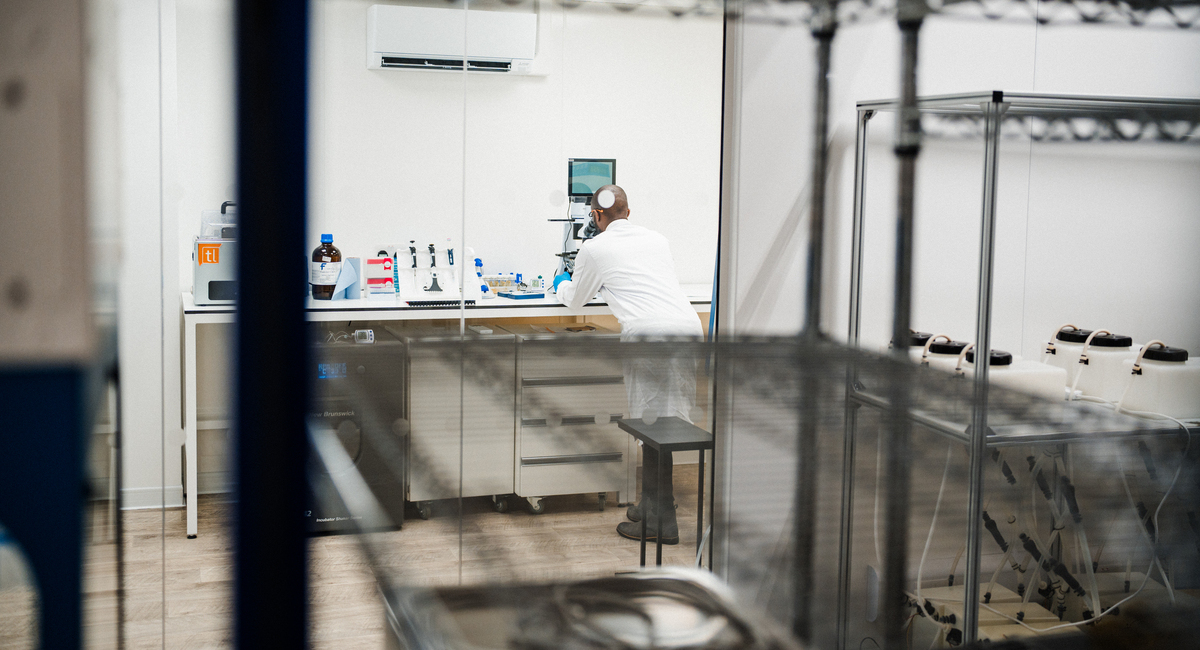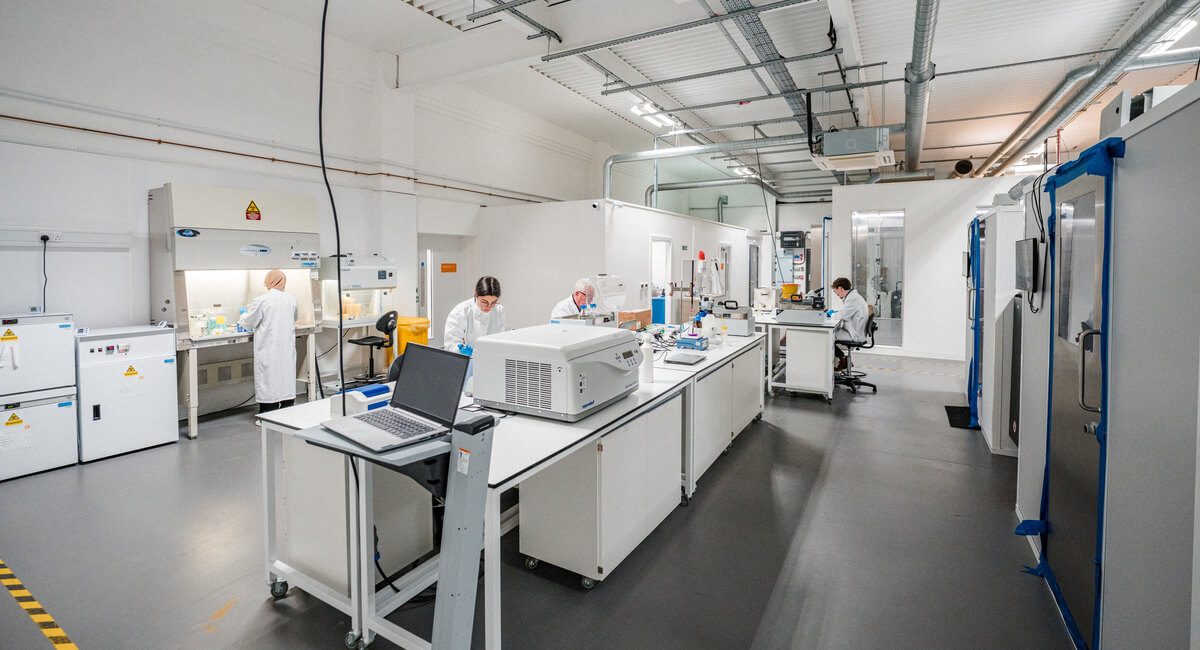What We’re Hearing from MedTech Clients in 2025
Article Summary
MedTech companies in 2025 must balance compliance, reusability, and usability. Medical device testing is now a core strategy.Article Contents
Rising Expectations in Medical Device Development
If there’s one thing that stands out in 2025, it’s that expectations are rising.
Speaking with customers and peers, we’re hearing a clear message: it’s not just about developing a good device anymore, it’s about designing one that’s robust, reusable, validated, and ready for real-world use, all while navigating ever-changing regulations and sustainability goals.
It’s a lot to think about, especially for small and mid-sized companies where resources are stretched, but for those that plan and consider all these challenges they will see the benefits of a faster route to market, and less push back from regulators.
Choosing the Right Regulatory Path: FDA, CE, or UKCA?
Regulation remains a top concern and not just in theory. From startups launching their first device to established teams expanding into new markets, everyone’s trying to find the best to way to approach compliance.
A lot of our clients are weighing FDA vs. UKCA vs. CE, and for many, the FDA route is currently being considered as an ‘easier’ option in comparison to the MDR. Not necessarily because getting through the FDA is easy, but feedback is more detailed and timelines are typically faster.
We’ve spoken to companies who only discover later in the process that their product has not met the biocompatibility regulations or that their IFU doesn’t meet reprocessing guidance. These aren’t just technical details. They’re blockers and can cause serious delays to market, not to mention the financial impacts. What we’re seeing more often now is companies proactively building testing into their development roadmap, as the earlier they do it, the fewer surprises later.

Why Medical Device Buyers and Regulators Want Durability Data
“Show us the data.” It’s not just regulators asking, we were recently at an event in Coventry speaking with procurement staff who were telling us that they are being asked more and more to ensure that the equipment they are purchasing not only meets the regulatory requirements but will provide longevity through repeated cleaning, something that they often are unsure how to approach or fully understand the how to interpret the data provided.
This echoes conversations we had with clinical staff who are telling us since COVID there are stricter cleaning protocols, which are having a huge effect on the lifecycle of their devices.
This is pushing more manufacturers to lean on testing partners earlier – not just for a pass/fail, but for support in developing robust testing methods. We’re being asked to validate durability after cleaning cycles, assess performance over multiple uses, and help ensure devices remain safe and functional across their intended life.
Sustainable Medical Device Design: Meeting NHS and Net Zero Goals
Sustainability is becoming a central part of device design, and we’re seeing that reflected in client conversations.
With an increasing emphasis on Net Zero and a drive towards re-usable devices, more and more clinicians and procurement departments are asking: Can this be reused? Can we reduce waste? How will this hold up after sterilisation? The ambition is there but so are the concerns. Especially from clients engaging with NHS procurement or working closely with sterile services teams.
I was speaking to a Sterile Services Manager and they brought up a good point “If all devices become reusable, how will hospitals reprocess them?” There’s a real tension between sustainability goals and practical capacity which will need to be addressed in the coming years, likely with additional investment in capital equipment. Clients want to do the right thing, but they also want to ensure it’s achievable for end users.

How MedTech SMEs Are Managing Regulatory and Testing Challenges
For smaller companies, and we work with many, the challenge is often resource. Not everyone has an in-house regulatory team or a dedicated QA department.
We’re hearing from founders who are hands-on with everything from design to submission, and who simply want someone they can trust to guide them through testing and documentation. Many companies turn to a Laboratory to help provide this and utilise their experience with notified bodies to ensure they are making the right decisions and will not see pushbacks when it comes to submission. Laboratories play a vital role in helping companies navigate the standards, which can be daunting and ambiguous.
And that’s where we come in, not just as a test lab, but as a partner who understands the journey.
Strategic Medical Device Testing: A Competitive Advantage in 2025
The conversations we’re having in 2025 just demonstrate that testing isn’t just a tick-box. It’s a strategic tool and the most successful MedTech teams are the ones who treat it that way.
We’re proud to be working with clients who are asking the tough questions, and building better answers into their devices from the very beginning.
Get It Done, With Certainty.
Contact us about your testing requirements, we aim to respond the same day.
Get resources & industry updates direct to your inbox
We’ll email you 1-2 times a week at the maximum and never share your information


